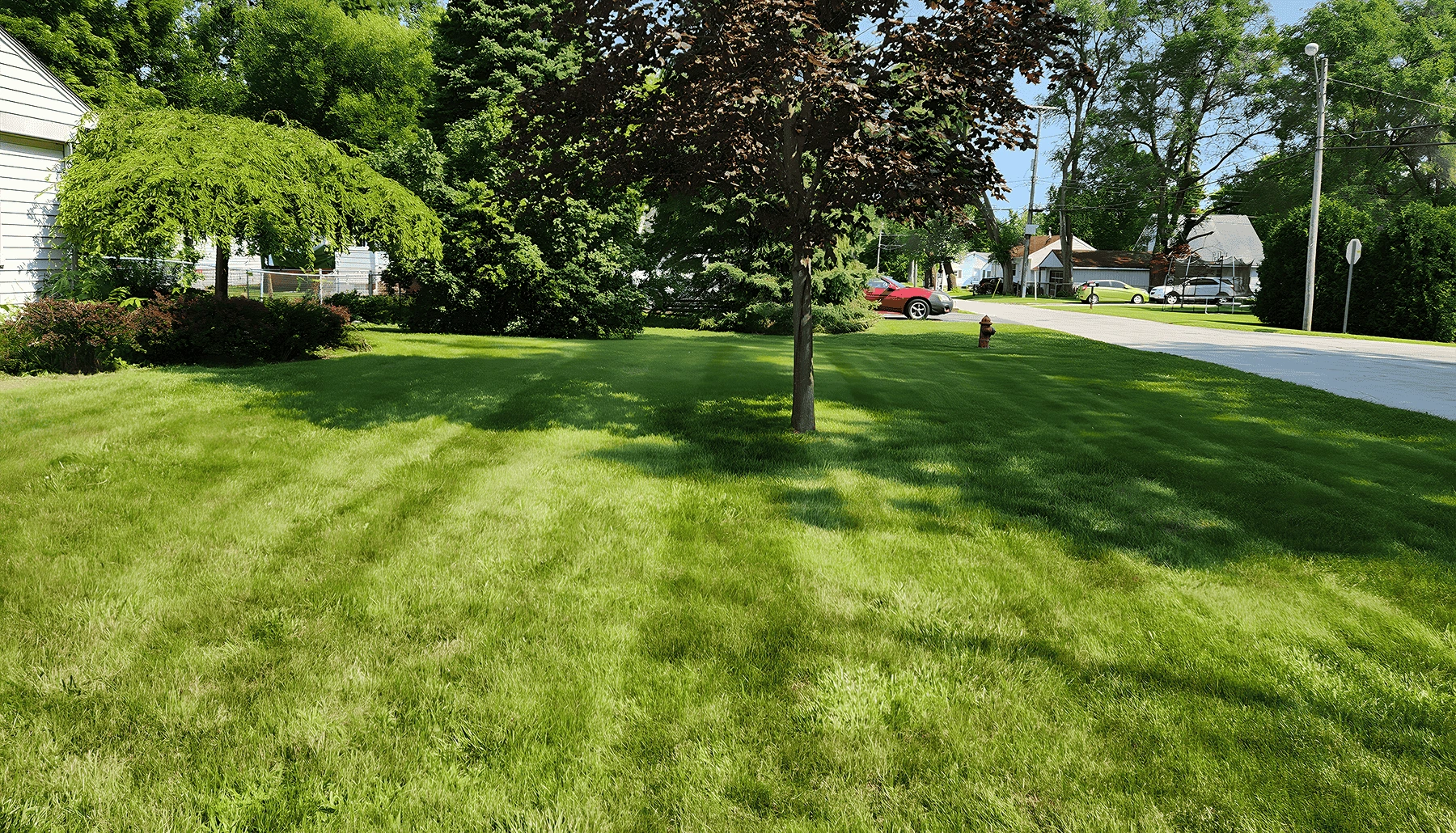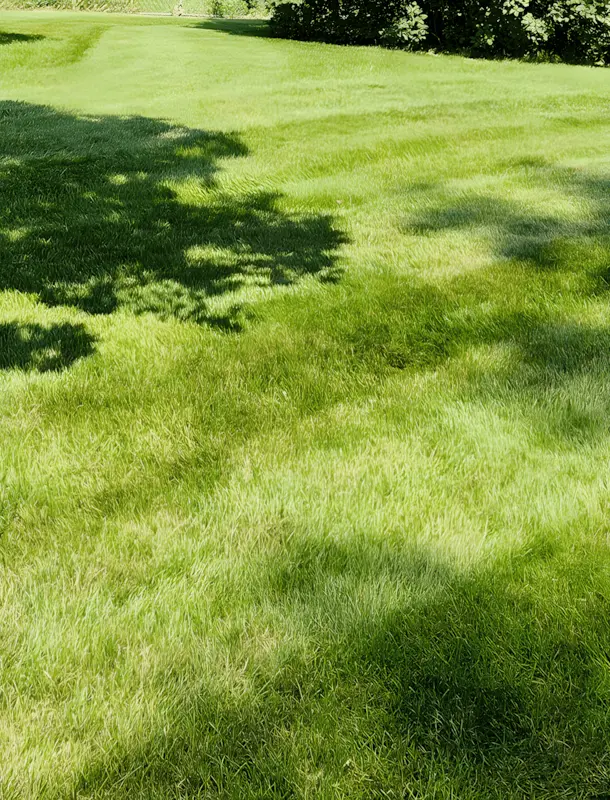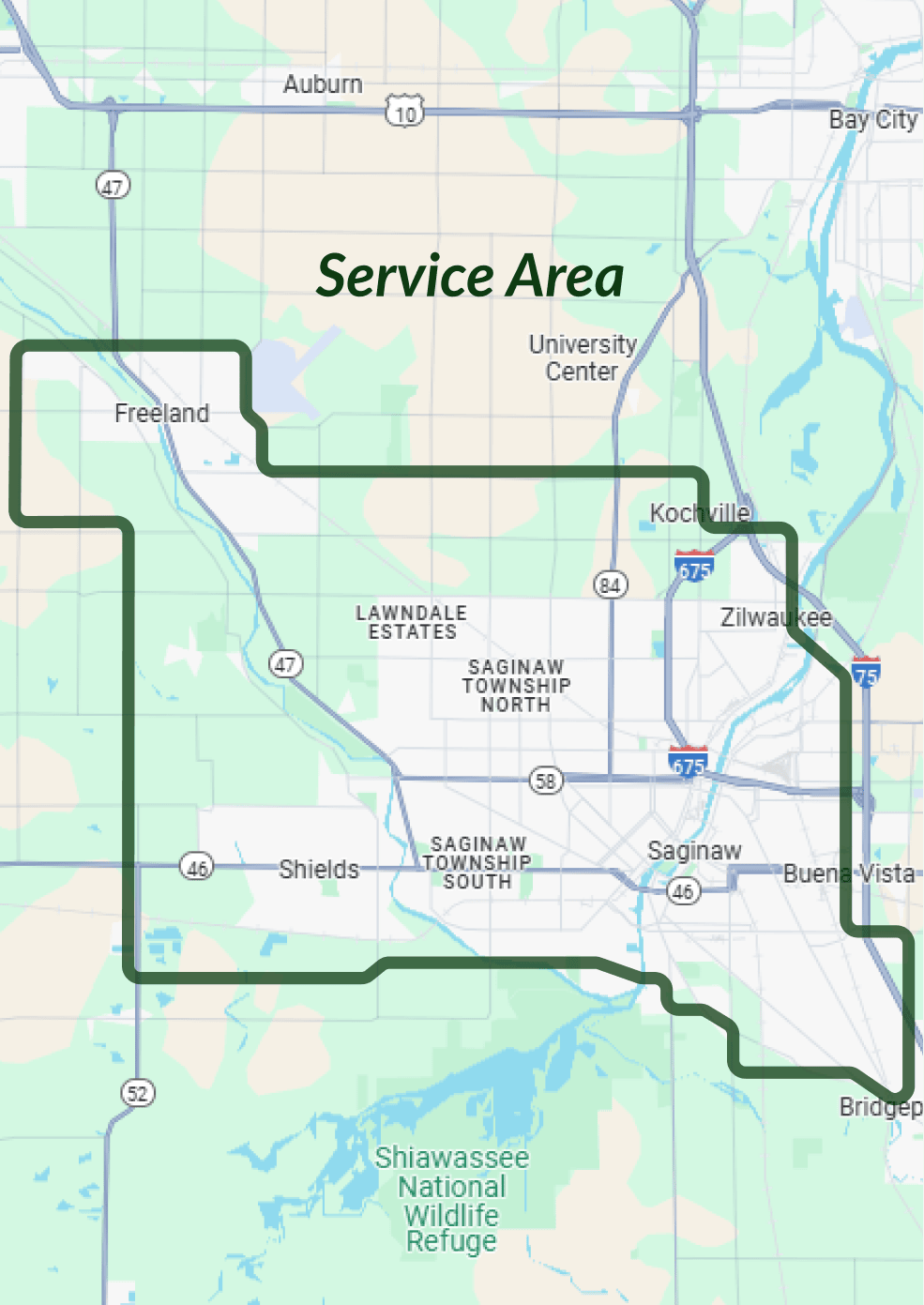
Lawn Dethatching: Frequently Asked Questions
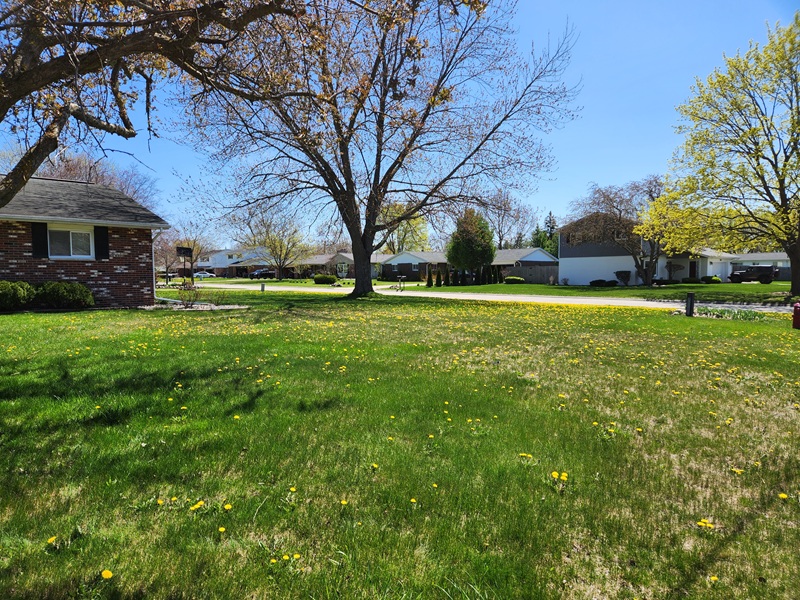
What is thatch and why do I need to get rid of it?
Thatch is a layer of dead grass, roots, and debris that builds up between the soil and the living grass. A small amount of thatch — less than about ½ inch — is actually good because it helps protect the soil from drying out and shields the roots from extreme temperatures. However, too much thatch blocks water, air, and nutrients from reaching the soil, leading to a weaker lawn.
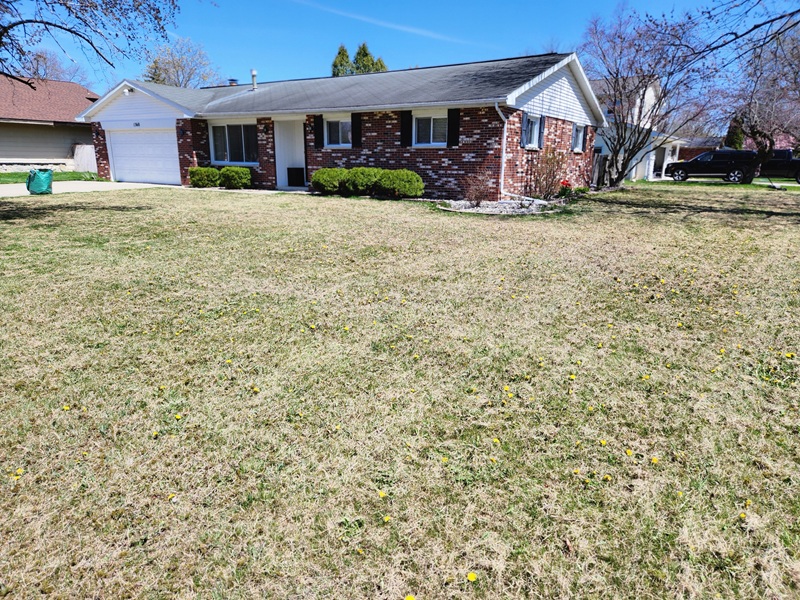
What does the dethatching process look like and how long does it take?
I use specialized equipment to rake up the excess thatch, often running a cross-pattern over the lawn for a thorough job. Then I rake up and remove the loosened material. Depending on the lawn size and the amount of buildup, dethatching can take a couple of hours or more. The process can produce a surprising amount of debris — you may not see a huge visual change in the lawn at first, but removing the built-up layer has a big impact below the surface.
You'll get rid of all of it, right?
Not completely — and that’s intentional. Some thatch is healthy and needed. The goal is to remove the excess while leaving enough to protect the soil and grass roots.
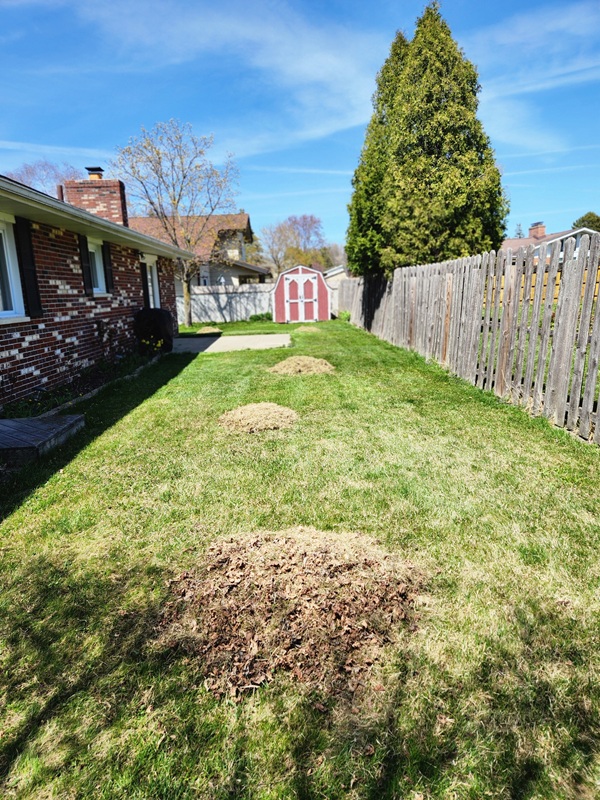
How is the dethatching debris cleaned up?
Some hand raking is always included in my dethatching service, because I believe it delivers the best results for your lawn’s health and appearance. Depending on the lawn size and the amount of material pulled up, I may also use a mower to help collect debris into rows or bag it for easier removal. Every lawn is different — I'll select the cleanup method that balances thoroughness with efficiency while protecting your turf.
What is the outcome of dethatching and what should I do for my lawn next, if anything?
After dethatching, your lawn can absorb water and nutrients much more efficiently. It's a great time to fertilize, overseed, or aerate if needed — the lawn will recover faster and grow thicker and greener over the coming weeks.
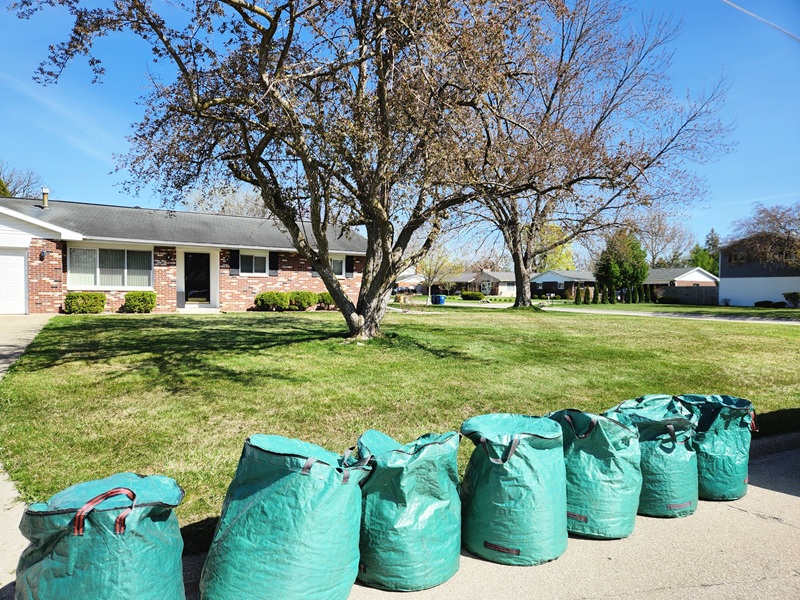
When is the best time to dethatch?
The best time is early spring or early fall when your type of grass is actively growing. Timing it right helps the lawn recover quickly after the process.
How often should I dethatch my lawn?
Most lawns only need dethatching every 2–3 years, but heavily fertilized or fast-growing lawns may need it more often.
How can I prevent excessive thatch buildup and avoid needing dethatching every year?
Regular mowing is the biggest key. Keeping the grass trimmed to a healthy height encourages clippings to decompose quickly instead of adding to thatch. Avoiding over-fertilizing, especially with high-nitrogen products, helps prevent overly dense, thatch-prone growth. Occasional aeration also supports a healthy soil ecosystem that naturally breaks down thatch.
Get Started!